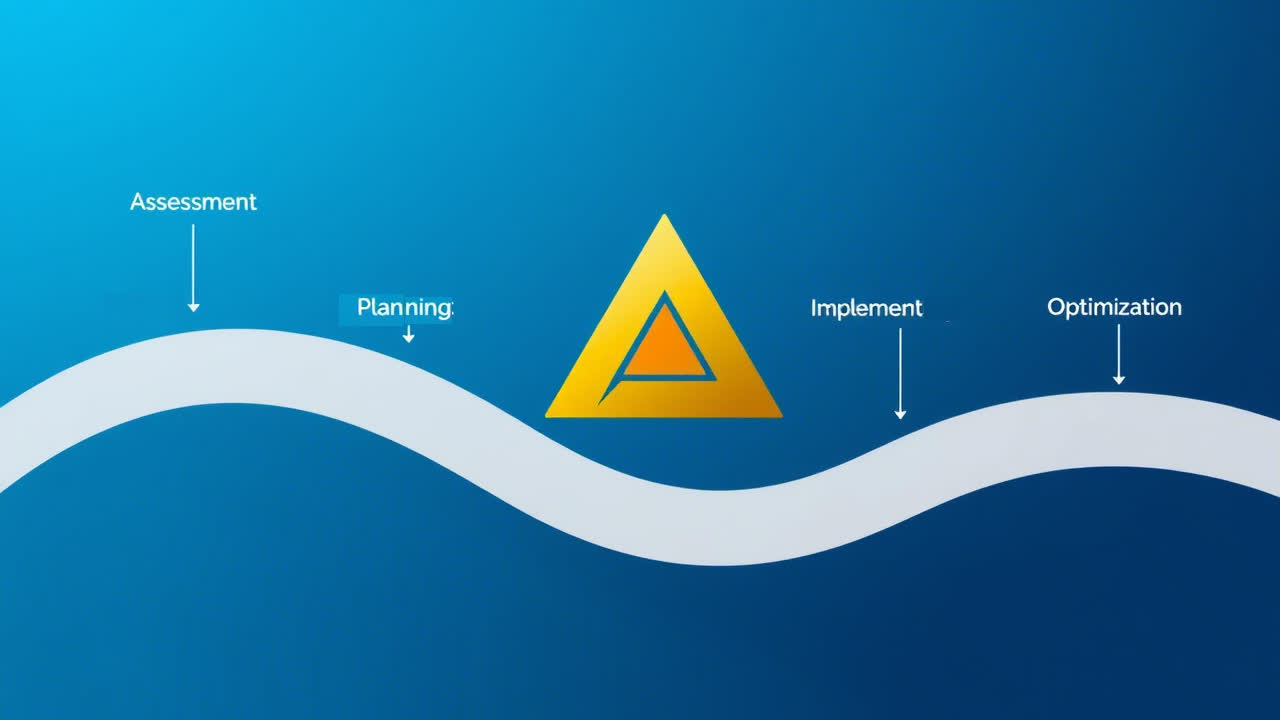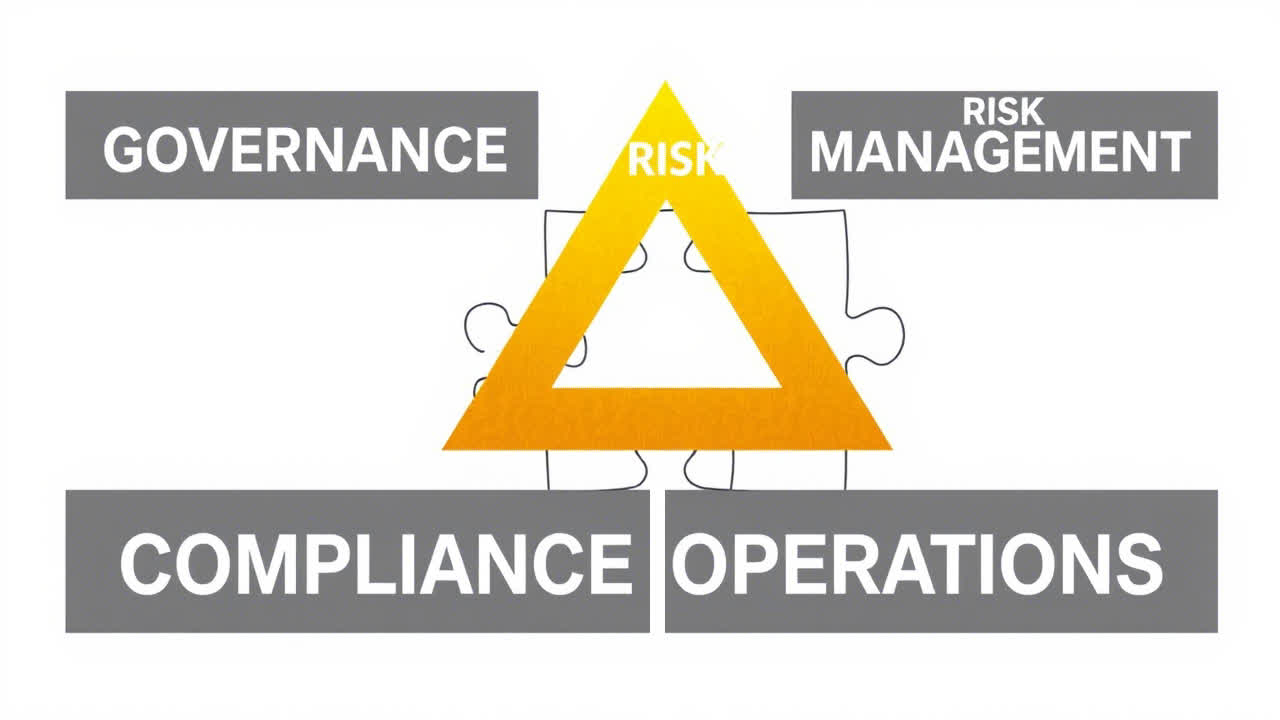From Theory to Action: Implementing eGRACS© in Your Organisation
A practical guide to deploying the eGRACS framework, tailored to your business needs.
 The eGRACS framework is a game-changer for ICT governance, but how do you go from understanding its principles to implementing it effectively? This guide breaks down the steps to tailor eGRACS to your organisation’s unique needs, ensuring a smooth transition and maximum impact.
The eGRACS framework is a game-changer for ICT governance, but how do you go from understanding its principles to implementing it effectively? This guide breaks down the steps to tailor eGRACS to your organisation’s unique needs, ensuring a smooth transition and maximum impact.
Step 1: Assessing Your Current State
Before implementing eGRACS, it’s crucial to evaluate your existing ICT governance structure. This step ensures you have a clear baseline to work from and identify areas that need improvement.
Key Questions to Ask:
- Do you have a formal ICT governance framework in place?
- Are your ICT systems aligned with business objectives?
- What challenges are you currently facing in compliance and risk management?
Step 2: Creating a Tailored Implementation Plan
Every organisation is unique, and your eGRACS implementation plan should reflect that. Use the insights from your assessment to develop a customised roadmap.
Key Components of the Plan:
- Goals: Define what success looks like for your organisation.
- Priorities: Identify the most critical areas to address first, such as compliance or risk management.
- Timeline: Set realistic milestones for each phase of the implementation.
Step 3: Deploying the Framework
Implementation involves rolling out the eGRACS framework across your organisation. Focus on clear communication and collaboration during this phase to ensure buy-in from all stakeholders.
Best Practices for Deployment:
- Provide training sessions to familiarise teams with eGRACS principles and practices.
- Establish a governance committee to oversee the implementation process.
- Use pilot programs to test the framework in specific departments before scaling it organisation-wide.
Step 4: Monitoring and Optimisation
 Once eGRACS is in place, continuous monitoring and refinement are essential to ensure it delivers maximum value. Use data and feedback to optimise your framework over time.
Once eGRACS is in place, continuous monitoring and refinement are essential to ensure it delivers maximum value. Use data and feedback to optimise your framework over time.
Key Actions:
- Conduct regular performance reviews to evaluate the framework’s effectiveness.
- Update controls and processes as your organisation evolves.
- Gather feedback from teams to identify areas for improvement.
Benefits of Implementing eGRACS
- Streamlined Governance: Integrates all ICT functions into a cohesive framework.
- Enhanced Compliance: Ensures alignment with industry standards like GDPR and ISO 27001.
- Proactive Risk Management: Identifies and mitigates risks before they escalate.
- Operational Efficiency: Optimises resource allocation and improves performance.
Who Should Use eGRACS?
eGRACS is designed for a diverse range of industries and organisations, including:
- Finance: Streamlines governance processes to meet strict regulatory standards.
- Healthcare: Protects patient data while ensuring HIPAA compliance.
- Retail: Aligns ICT operations across multiple locations for improved efficiency.
- Technology: Supports innovation while maintaining robust risk management practices.
Start Your eGRACS Journey Today
Ready to move from theory to action? With eGRACS, you can revolutionise your ICT governance and achieve your strategic goals. Begin your implementation journey now!